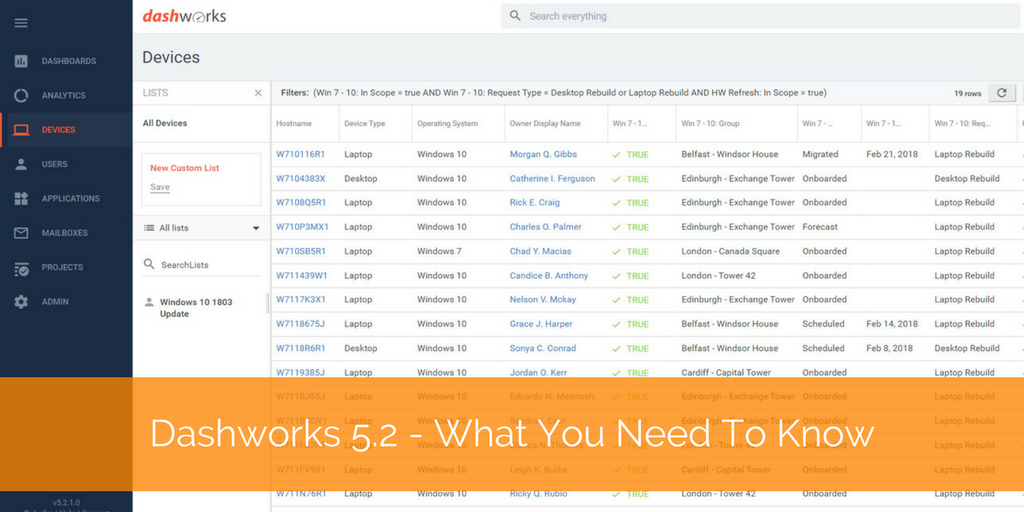Is Bimodal IT The Answer To Your Windows-as-a-Service Management Problem?
If you look at how IT traditionally spent its investment dollars, there would be a distinct requirement for a positive return on investment by the end of the first three years. Many were long-term IT ...




